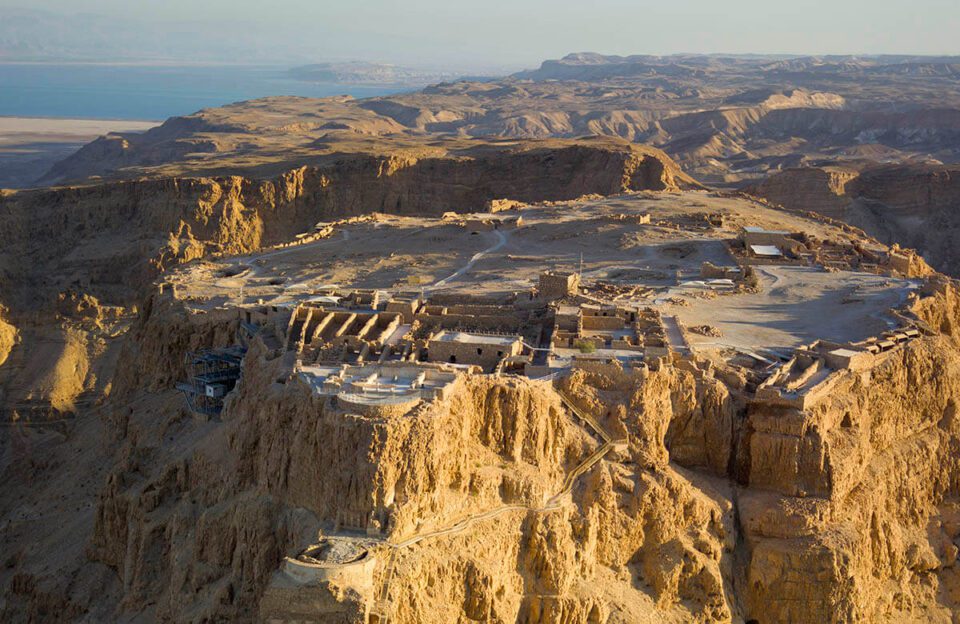Masada Fortress can be called one of the main symbols of the Jewish people. Despite the fact that the events associated with this bastion took place more than 2 thousand years ago, they continue to excite the hearts of not only connoisseurs of history, but also ordinary adventurers.
General information
If you search for the Masada Fortress on the map of Israel, you will notice that it is located on the southern coast of the Dead Sea near Arad. It is distinguished from other similar structures by its rather unusual geographical location – the bastion is built on top of a high mountain, which is protected from the outside world by sheer cliffs and thick stone walls surrounding the plateau around the perimeter.
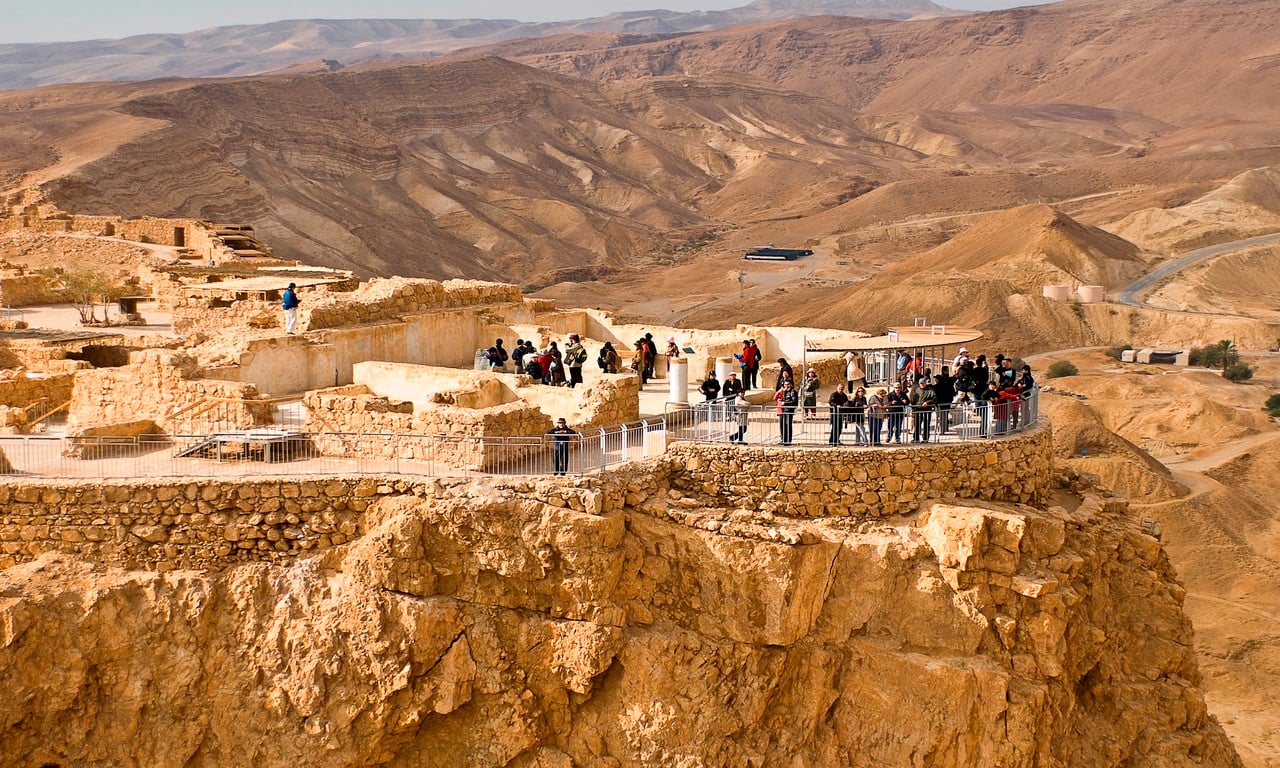
For Israelis, this place has great historical value, because it was here that significant tragic events in the life of the Jewish people took place, but more about them later. In the meantime, we note that the ruins of the citadel were first found relatively recently – in 1862. However, the beginning of a full-fledged excavation of one of the main attractions of Israel had to wait as long as 100 years.
Now Masada is a real ancient city, included in the UNESCO list. Festivals and concerts are often held at the foot of the mountain, where representatives of the world show business perform.
Historical background
The history of the Masada Fortress in Israel is full of fictions, legends and unverified facts. And it all started with Herod, who in 25 BC was forced to seek refuge for himself and his family in the middle of an inaccessible mountainous area. However, fate decreed that the man who betrayed his comrades not only did not become an exile, but was also appointed king of Judea.
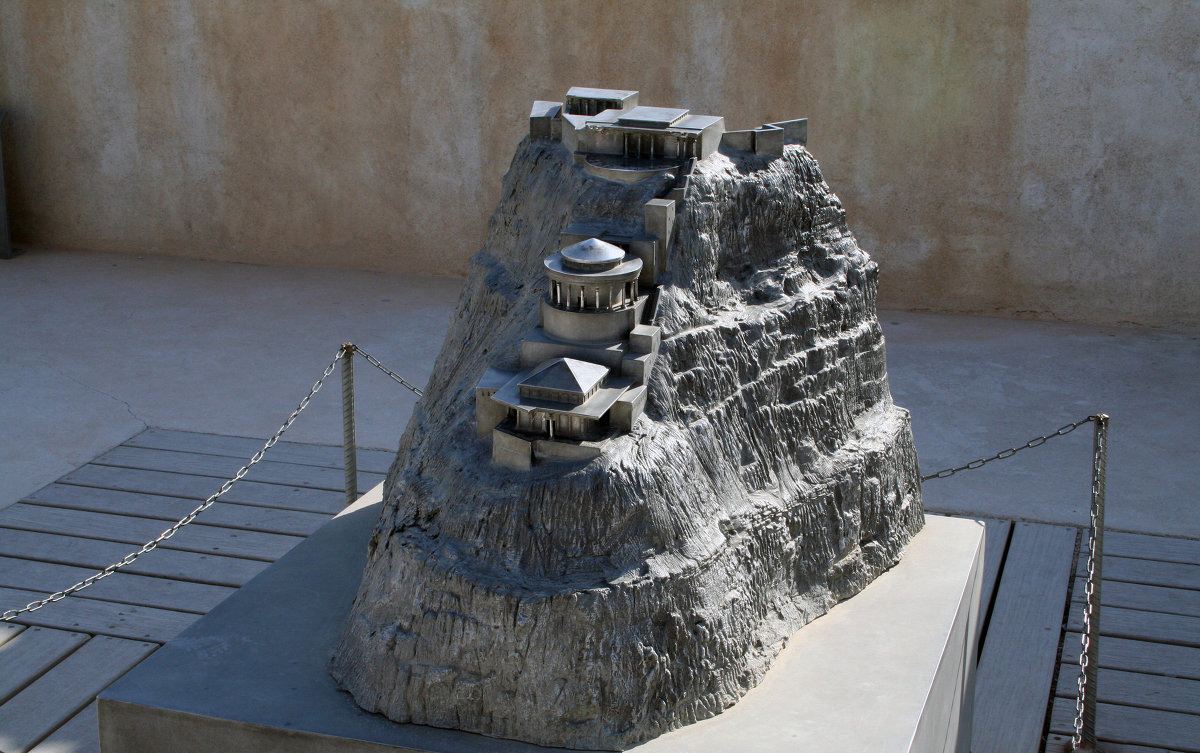
Herod returned to Jerusalem victorious, accompanied by two Roman legions. However, despite this, he was afraid of being killed, so he ordered to build a fortress on the mountain, which means Masada in Hebrew. The order was carried out, and the citadel itself was equipped and equipped with everything that a large army might need in case of a long siege. But Herod was never able to test the fortress for strength – he died even before the first opponents attacked the mountain.
Over the long period of its existence, the bastion managed to change several owners, among whom were both Roman conquerors and the Jewish people. All of them were attracted by the strategic location of Masada and the availability of amenities that were completely uncharacteristic for that time.
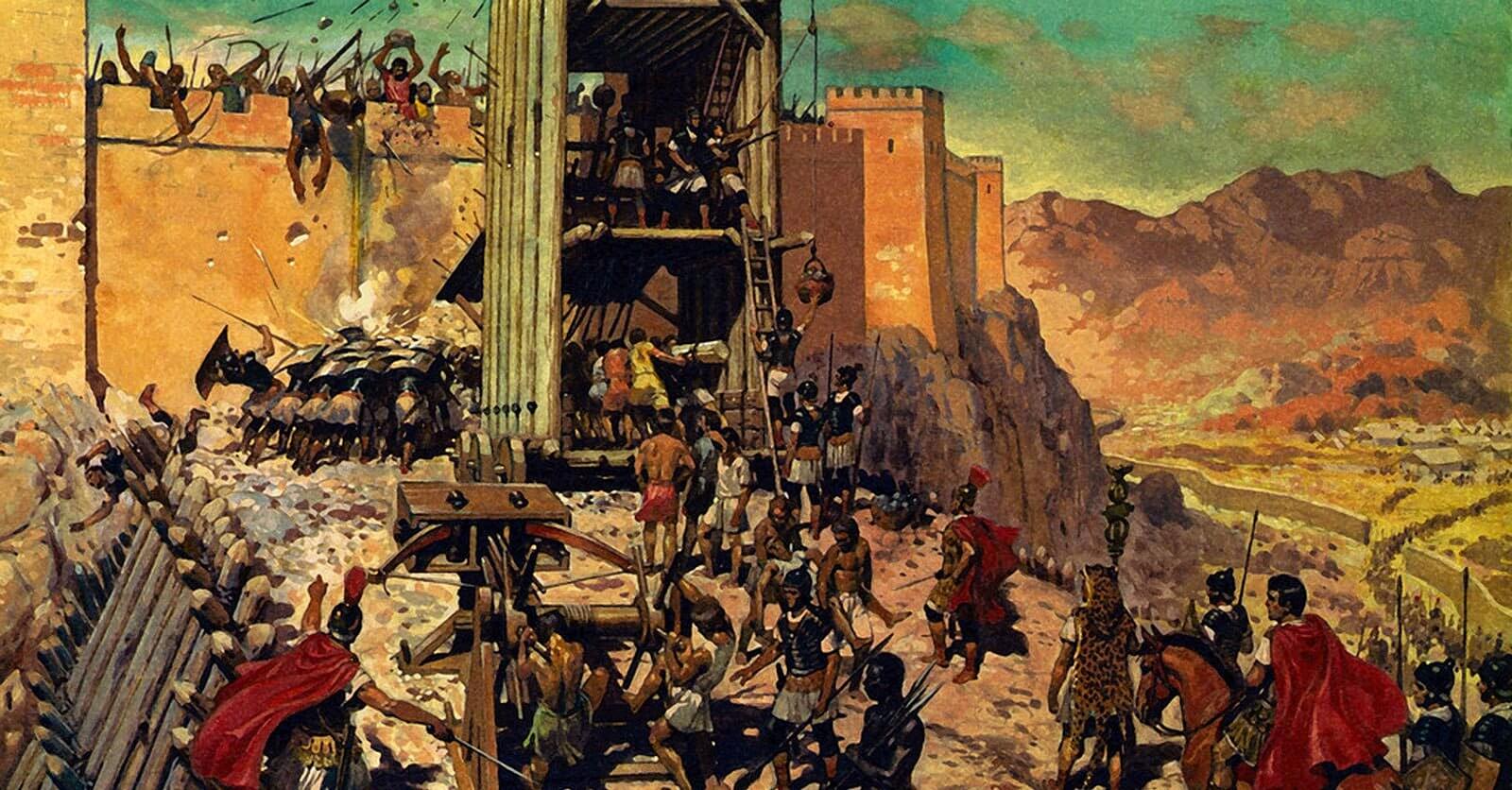
The last inhabitants of the fortress were the rebels, who after the fall of Jerusalem made it a bulwark of their resistance against foreign invaders. The rebels managed to hold the line for 3 whole years, but the Romans were more cunning. They began attacking the fortress walls with a catapult mounted on a nearby mountain range. When that didn’t work, the legionnaires set fire to one of the walls, and the wind obligingly spread the fire throughout the area.
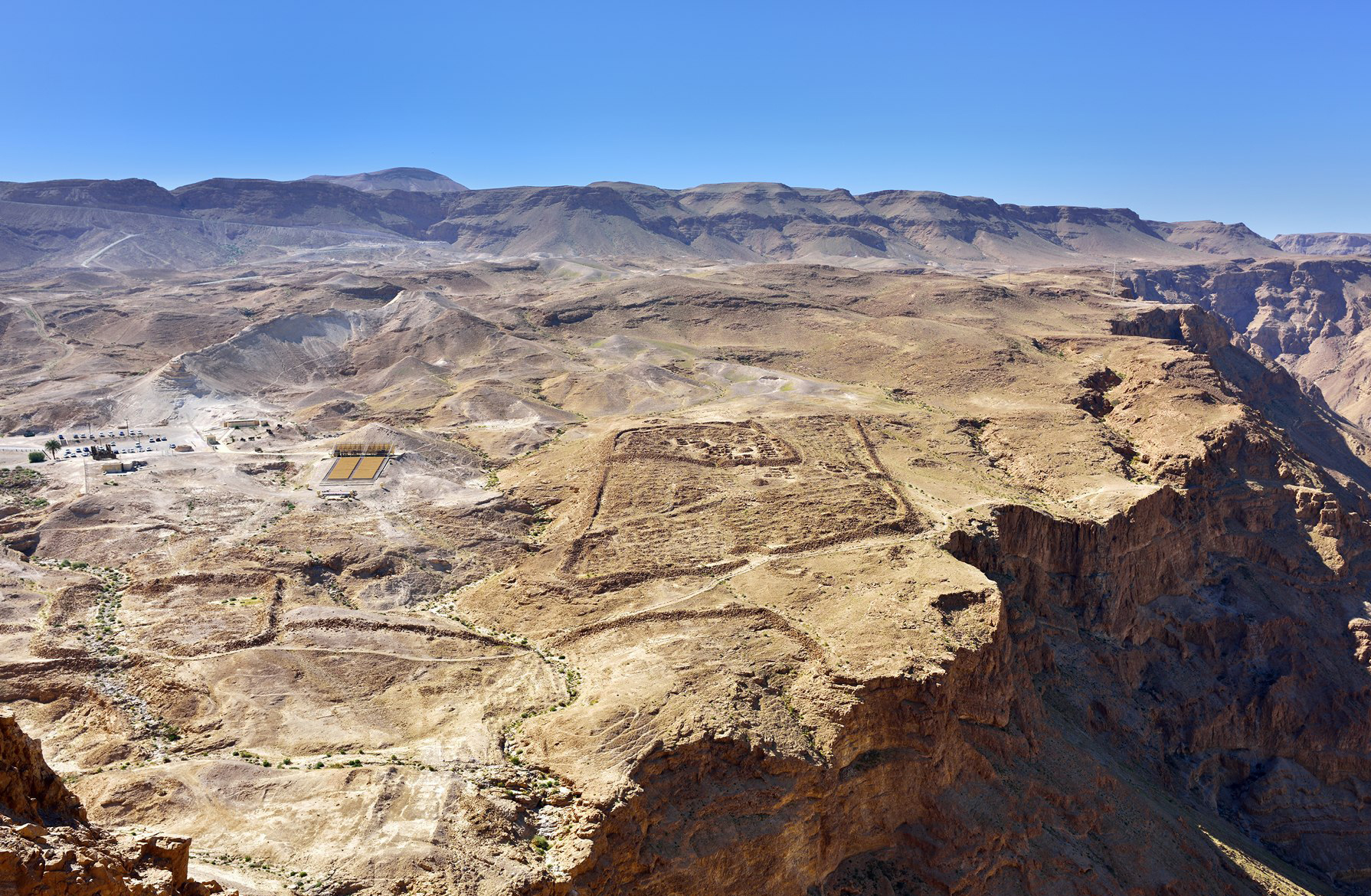
Realizing that it was impossible to avoid capture, all 960 defenders of Masada or the Fortress of the Desperate decided to go to their deaths. To implement this mission, the rebels cast lots, according to which 10 performers of the last will were chosen. They were to stab not only their comrades with their swords, but also all the inhabitants of the citadel, including children and women. In the morning, when the Romans climbed the mountain through the hole in the wall, they were met by silence. Thus ended not only the 7-year struggle of the Jews against Roman tyranny, but also the history of the citadel itself.
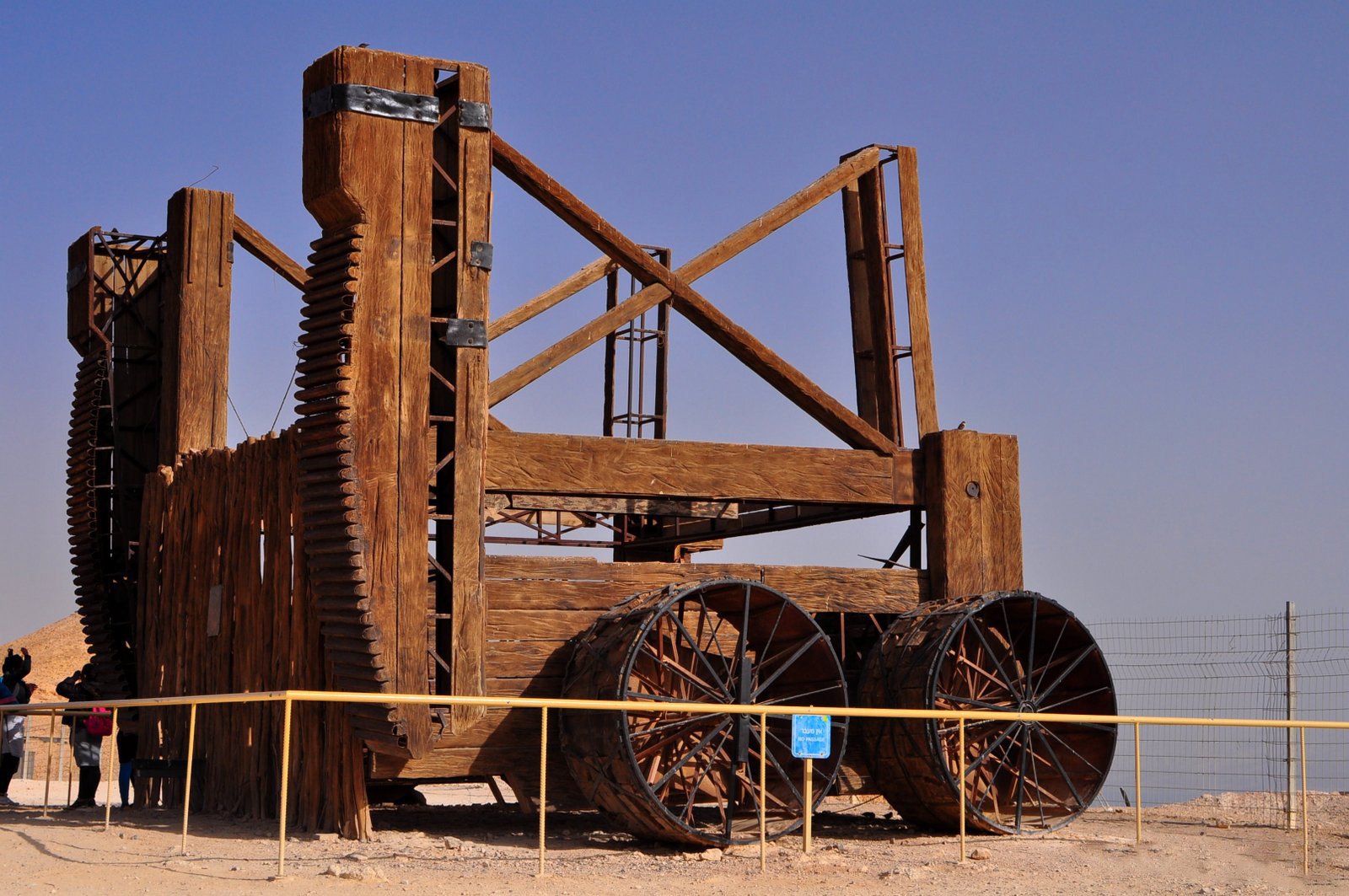
Unfortunately, this version has never received historical confirmation, because no remains or graves have ever been found on the territory of the fortress. However, even this sensitive fact did not make Masada any less popular. Rather, on the contrary – this bastion is considered one of the most visited in the world.
Masada Today: what to see?
Mount Masada in Israel is famous not only for its rich history and gorgeous panorama, but also for its numerous attractions. Let’s take a look at some of them.
Fortress wall
The double escarpment or casemate wall surrounding Masada is a majestic structure with a flat upper floor. The length of this ancient structure, built by order of Herod himself, is 1400 m. Inside, you can see special piers that once served as armory chambers, casemates and food bases. The latter contained strategic reserves of wine, flour, and butter. In addition, there are as many as 7 entrance gates in the wall – some of them are still in operation.

Western Palace
Another important attraction of the Masada fortress in Israel is the Western Palace or haArmon haMaaravi, which covers an area of more than 4 thousand square meters. m. Today the palace is in a dilapidated state, but among its remains you can still recognize the bedrooms, reception hall, royal toilets, workshops and baths lined with mosaics.
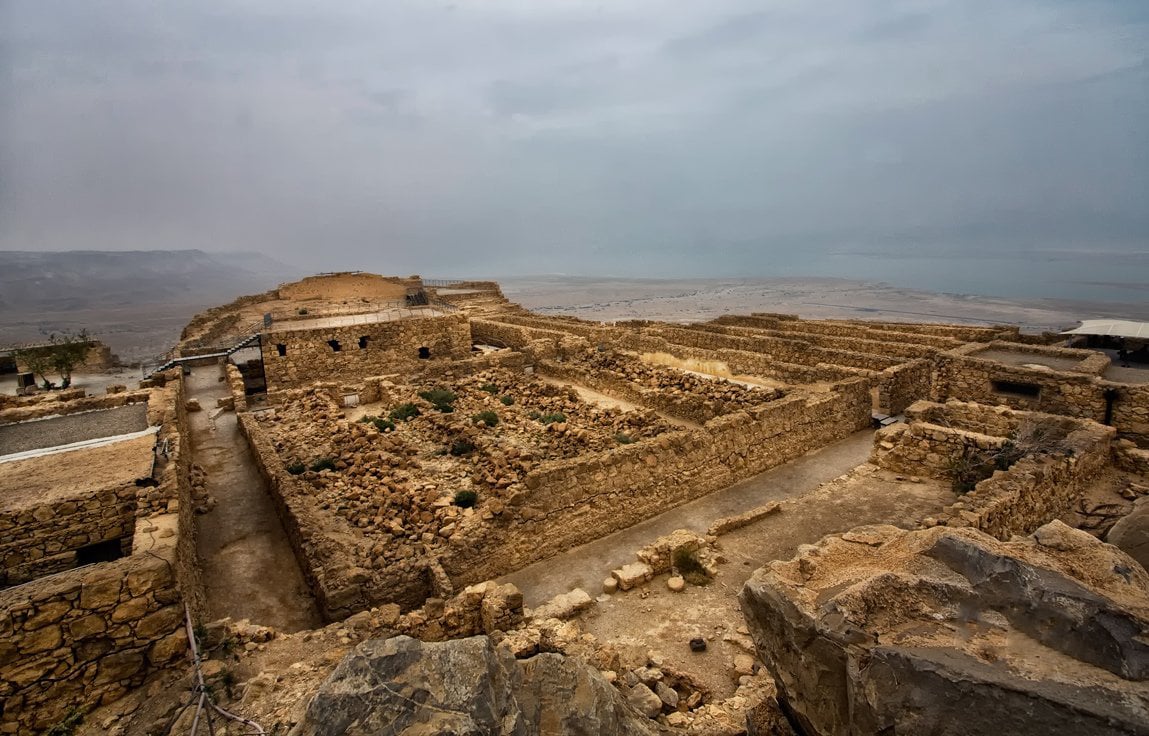
Northern Palace
The Hanging Palace or haArmon haTzfoni can be called one of the most impressive relics of that time. The luxurious building, which served as the residence of King Herod, is located on a cliff, which leads to a rather narrow and not very convenient path. Perhaps for this reason, haArmon haTzfoni was considered not just a private apartment of the ruler, but also an important strategic object. You may ask, is there really no other place? In fact, Herod was guided by 3 important factors. First, there were stone reservoirs in this part of the mountain. Secondly, the northern part of the fortress was practically not exposed to the sun and was covered with a breeze even on the hottest days. Third, it was quite difficult to approach the castle, so its inhabitants could not be afraid of a sudden attack by enemies.
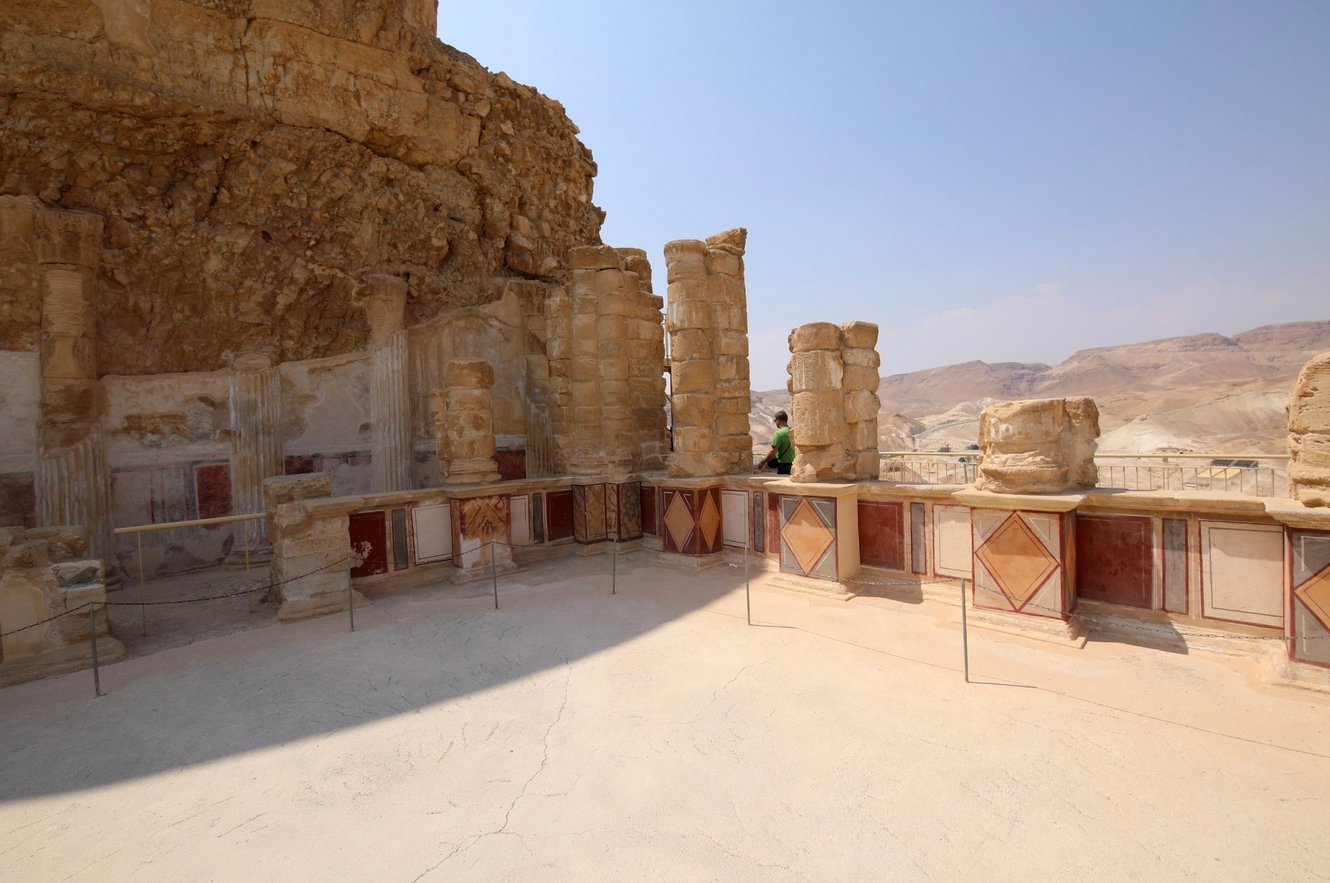
But tourists are attracted not so much by the history of the Northern Palace as by its appearance. Just imagine – this structure consists of 3 tiers spread over 3 rock levels with a total height difference of about 30 m. At the same time, the upper tier, located on the top of the cliff, was occupied by the royal residence itself. It consisted of a bedroom, a state hall, rooms for the palace guards, and an open terrace from which you can see not only the lower levels of the palace, but also the surrounding area. It also had a good view of the Roman road that connected the legionary camps to the Ceelim spring. It still has ramps and hundreds of round stones used for shooting.
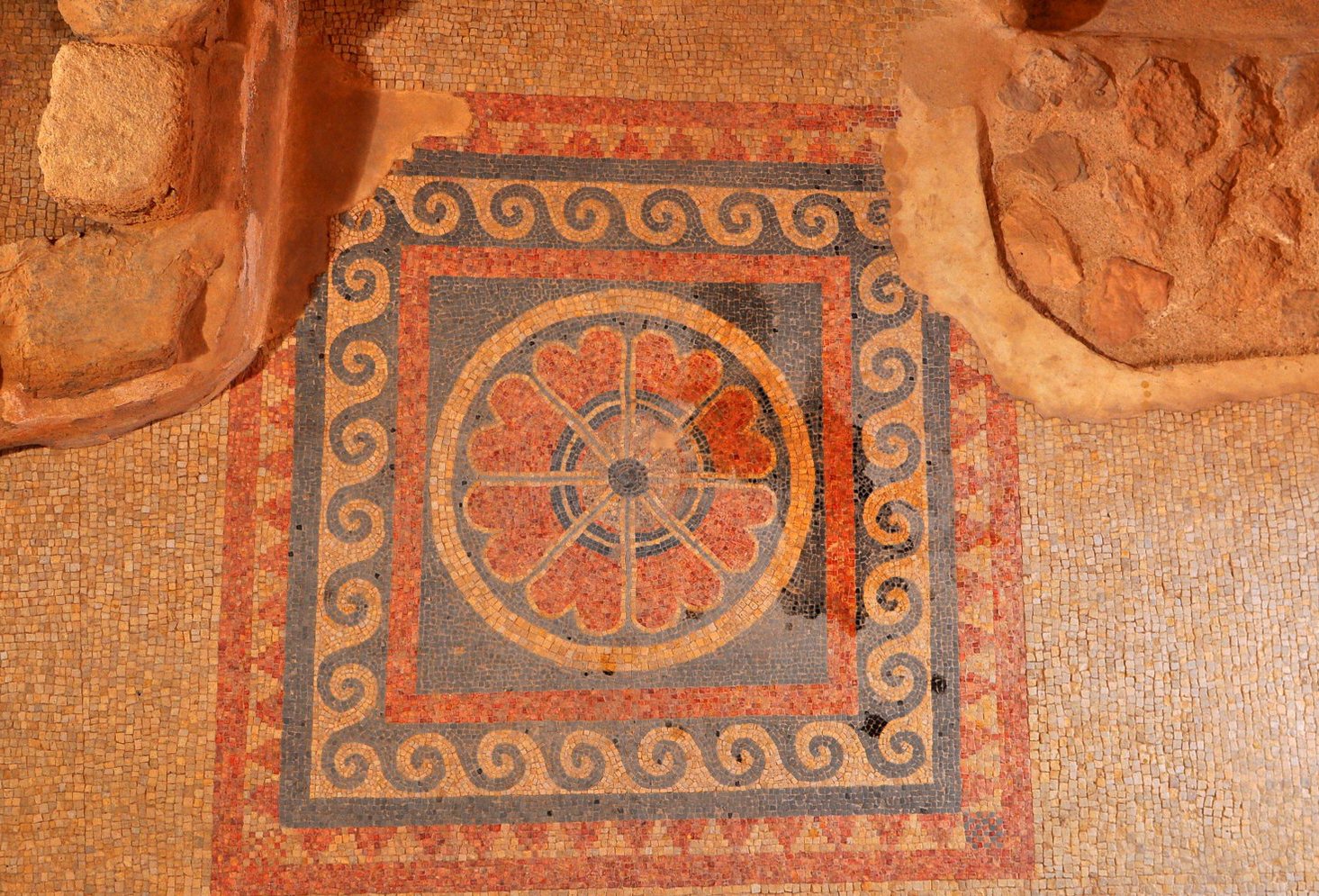
The middle tier of haArmon haTzfoni is reached by internal steps, which lead down to the so-called mikvah, a place for sacred ablution. This part of the castle is a circular hall surrounded by two rows of marble columns. Unfortunately, now only the foundations remain of them.
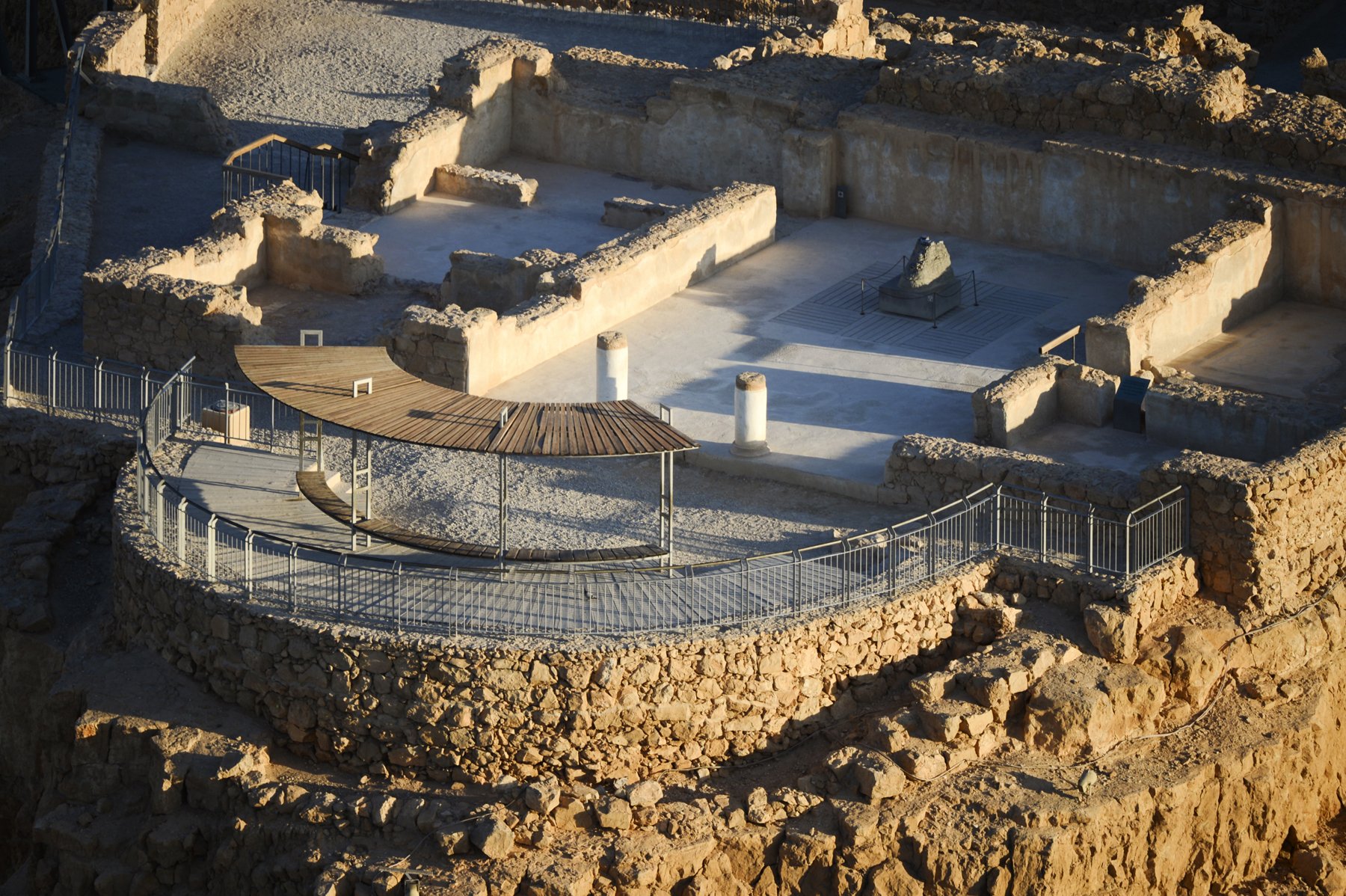
As for the last tier, it resembles an ordinary rectangular hall, decorated with ancient frescoes and framed by majestic columns. It was here, in the basement, that scientists discovered a bath complex consisting of a foot font and two pools for cool and hot water. The design of this bathhouse is truly impressive. The air was heated by a stove behind the wall. Then it was passed under the marble floor of the bathhouse, which was held by 2 hundred clay pillars. Unfortunately, there is almost nothing left of the floor, but the pedestals of the pillars can still be seen.

Synagogue and Chapel
On Mount Masada there is another significant building for Israel-the oldest synagogue, the age of which can only be compared with Gamla, located in the Golan Heights. It was here that records were found, with the help of which scientists managed to restore the history of this amazing place. Currently, the synagogue building is used to celebrate bar Mitzvah, the day when Jewish boys come of spiritual age.
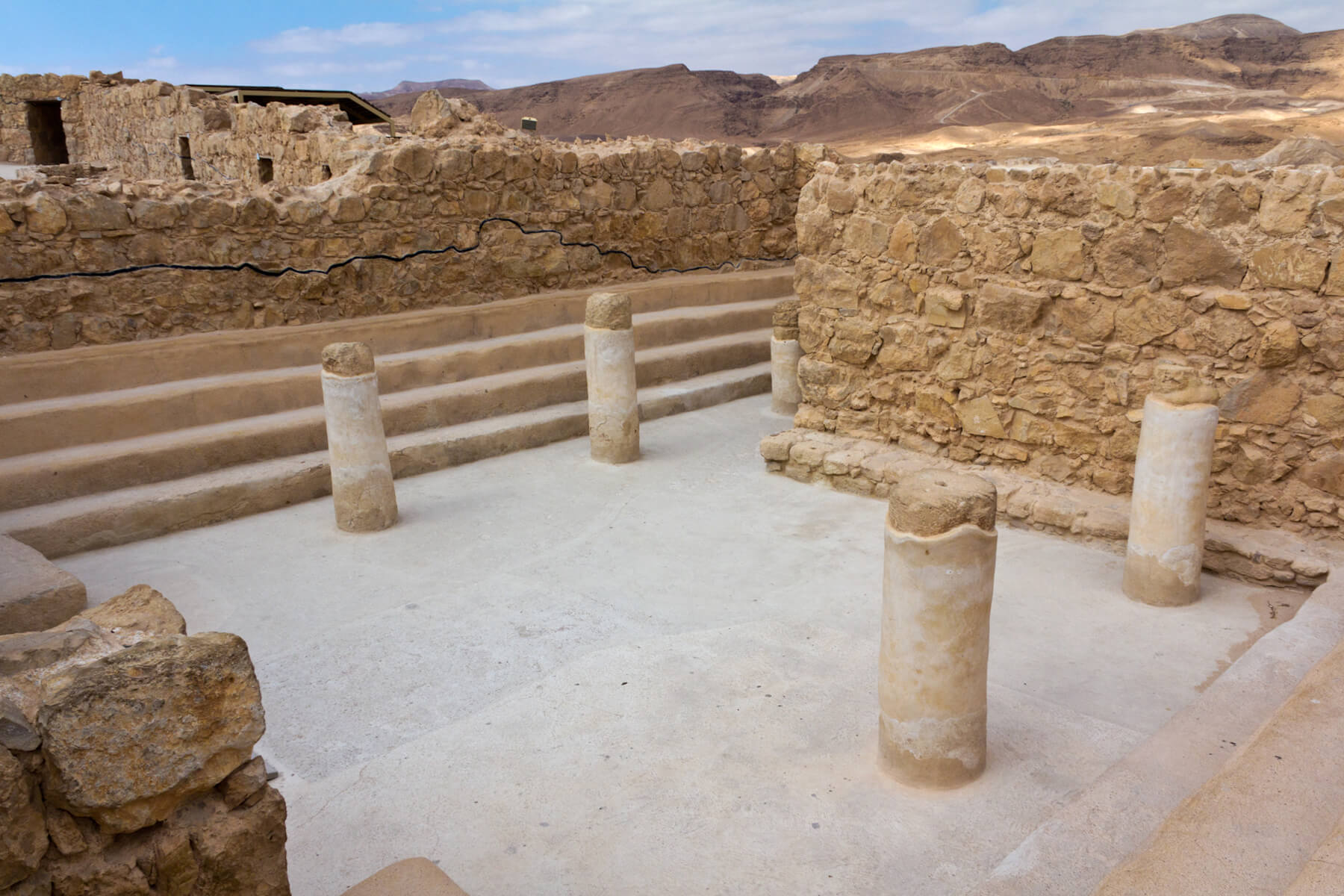
As for the chapel, it was built by Byzantine monks in the 5th century. It is said that these worshippers were the last inhabitants of the fortress.
Ancient Ostracons
The remains of 11 clay potsherds, called ostracons, can be found just south of the Hanging Palace – in a small area that served as a meeting place for the rebels. Their main feature is the names written in the same handwriting. One of these names belongs to Ben-Yair, the man who led the Masada defense force. Because of this, scientists are inclined to believe that these ostracons were used during the draw by the last performers of the oath.
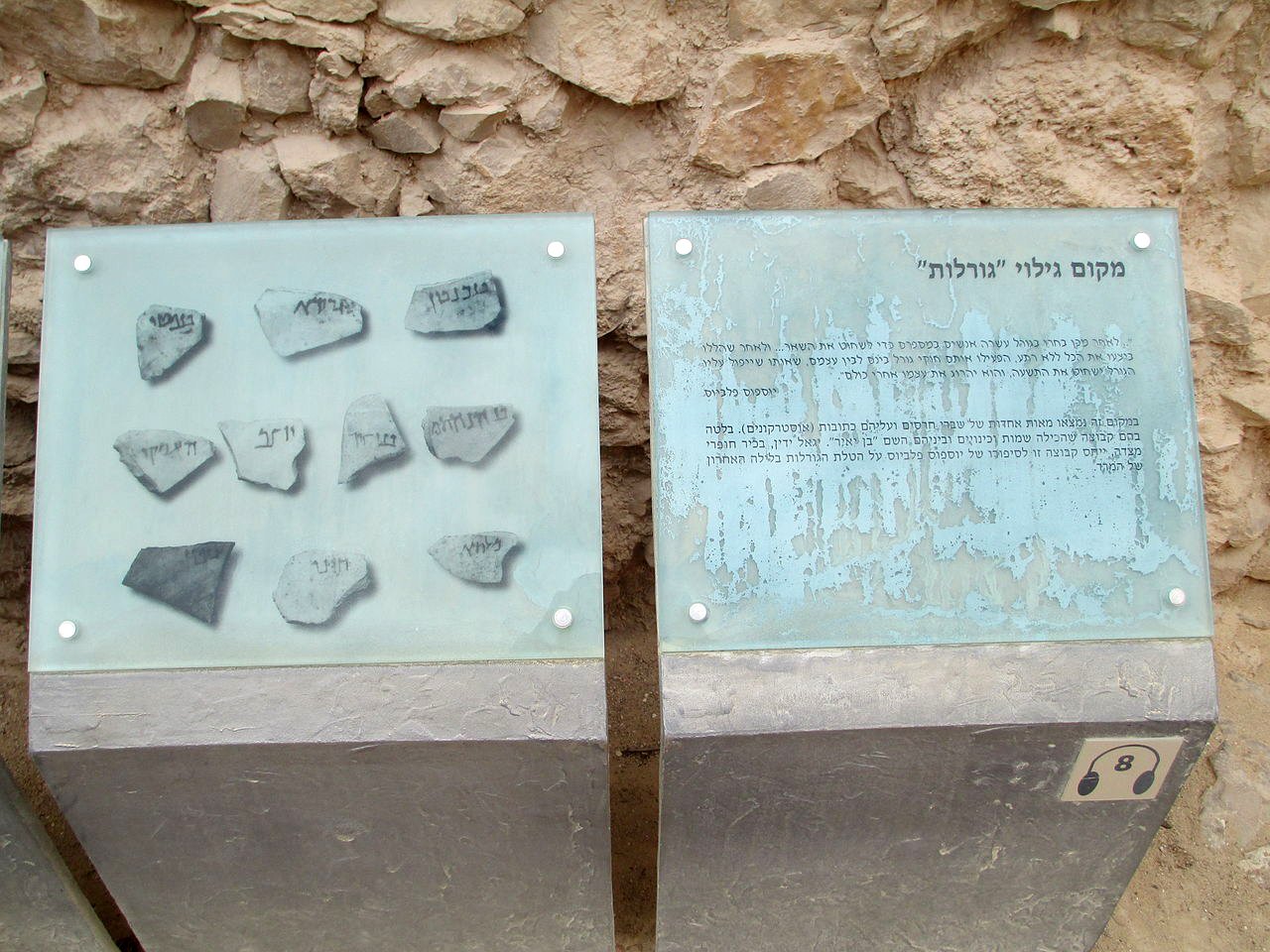
Stone reservoirs
Perhaps the most amazing attraction of Masada in Israel is the huge rock pools that serve to collect and further conserve rainwater. Thanks to these reserves, the defenders of the fortress were able to keep the defense for several years.

Information for tourists
The Masada Fortress in Israel is open every day. Visiting hours vary depending on the time of year:
- April-September – 8 am to 5 pm;
- October-March – from 8 am to 4 pm.
The property closes 60 minutes earlier on Fridays and public holidays.
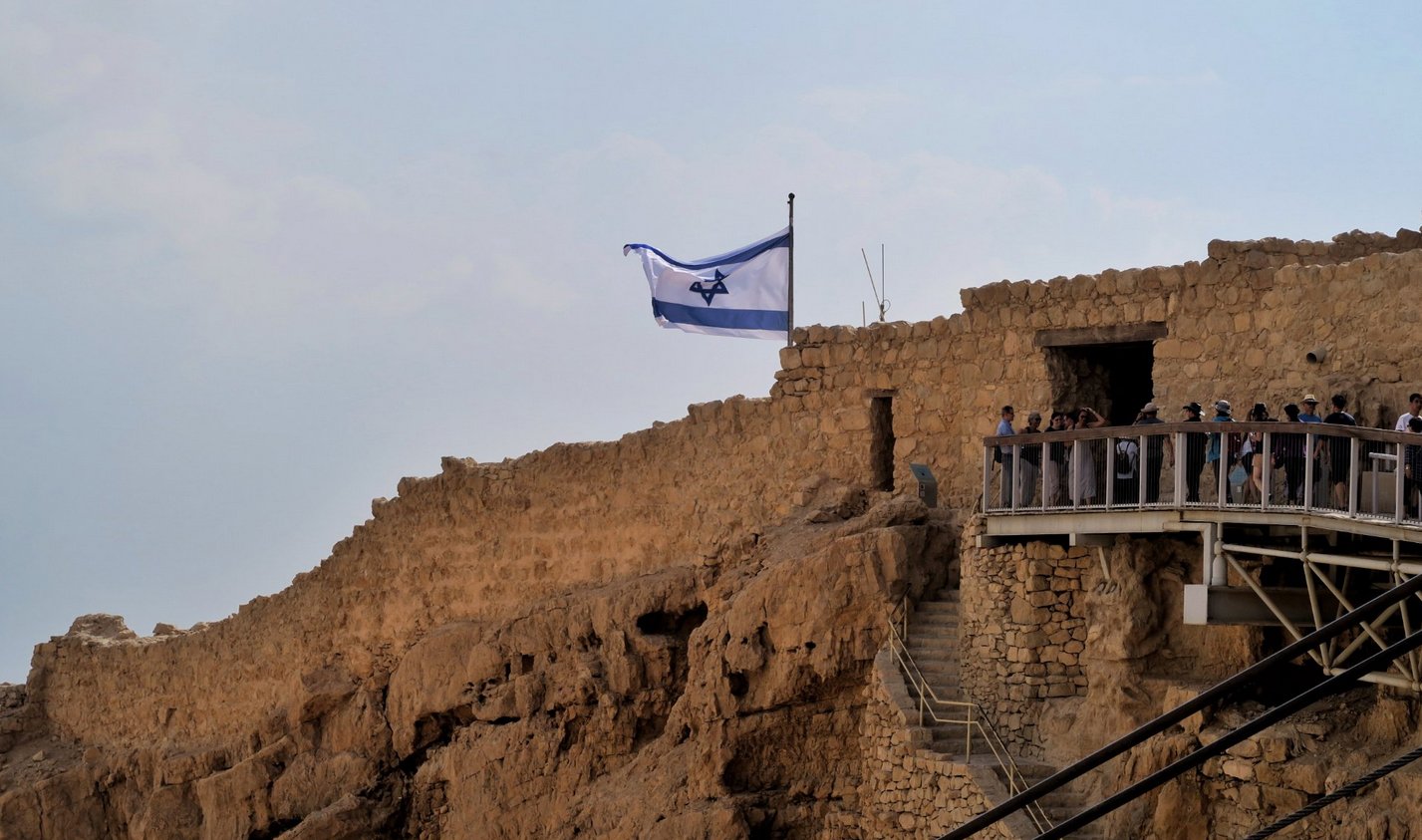
Entrance to the fortress is paid:
- Adults – 30 ILS;
- Children – 12 ILS.
Discounts are available for seniors and students.

For those who plan to stay in Israel for some time, you can buy a tourist card designed for several visits at once:
- Blue (3 visits) – 78 ILS;
- Green (6 visits) – 110 ILS;
- Orange (unlimited) – 150 ILS.
The cards are valid for 2 weeks from the first application. The price is the same for all ages.
As for the funicular, it is open every day except Friday. In summer – from 8.00 to 16.00, in winter – from 8.00 to 15.00. A funicular ticket is purchased separately:
- Adults – 80 ILS;
- Children – 40 ILS.
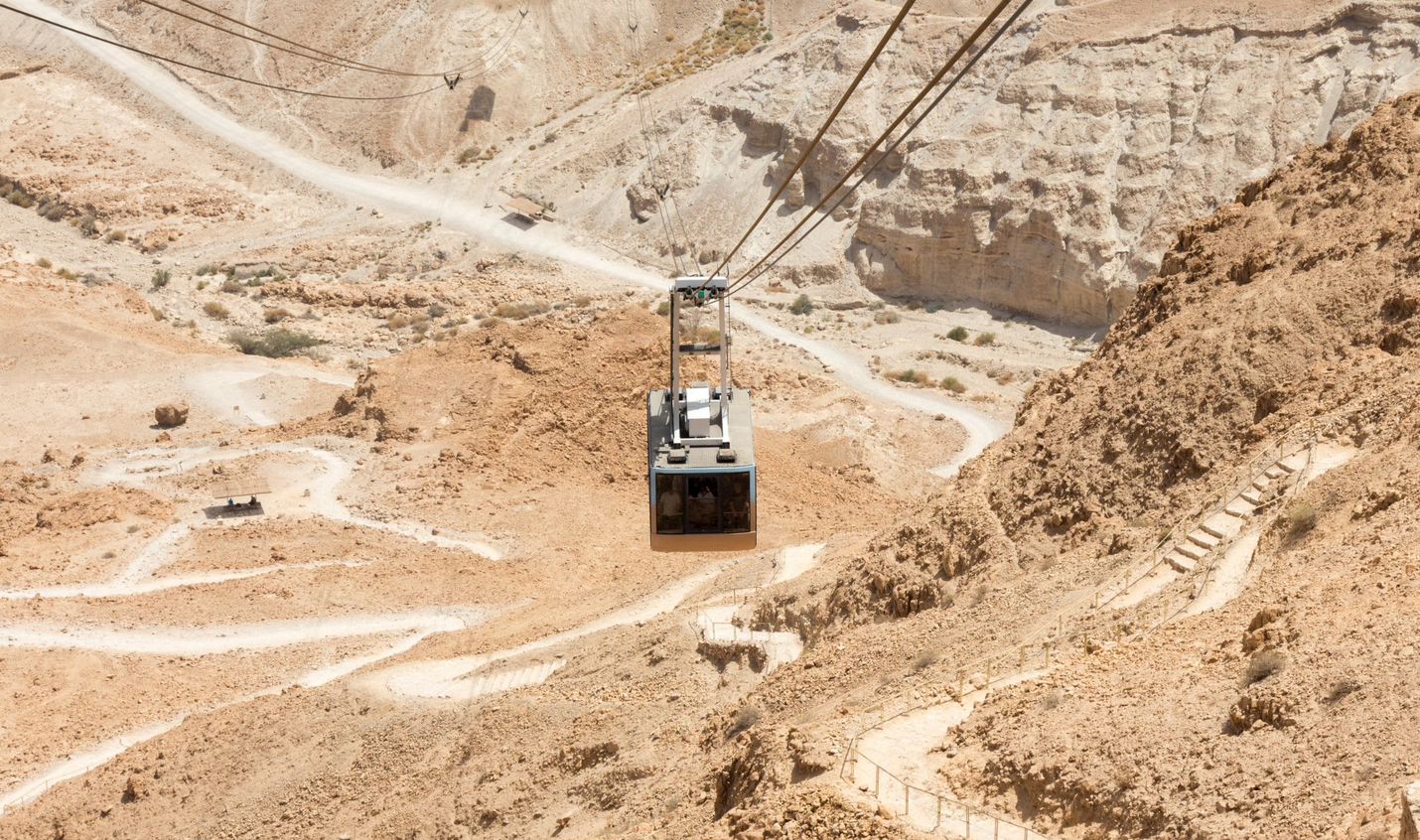
It should also be noted that on Tuesdays and Thursdays, light shows are held on the mountain (in summer-at 21.00, in winter-at 20.00). The price is 41 ILS. You can also book a guided tour at the entrance of the fortress, which costs 45 ILS per person.
On a note! For more information, please visit the official Masada website — www.parks.org.il/en/.
How to climb the mountain?
If you want to get to Masada National Park by car, please use one of 2 ways.
Method 1. From Jerusalem
When you arrive at the entrance to the city on Highway 1, follow the road signs in the direction of the Dead Sea. To do this, you need to pass the Tzomet haGiva haTzorfatit intersection, follow the highway for just over 30 km and go down to the coast. Then, at the Tzomet Beyt HaArava intersection, turn south and go straight to the East Gate of Masada.
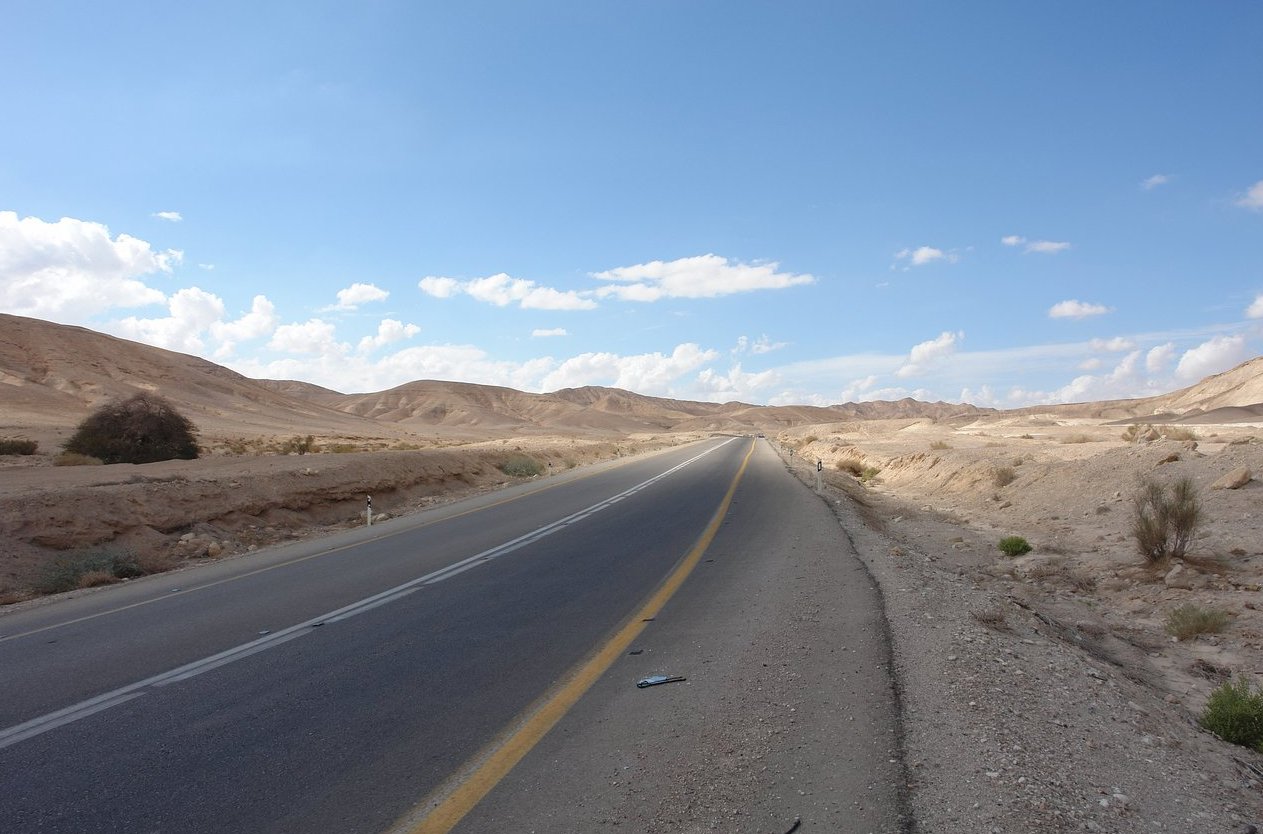
On a note! If you’re heading in the right direction, you’ll encounter Almog, Ein Gedi, kibbutzim, Mitzpe Shalem, and Kalia along the way.
Method 2. From Arad
Tourists arriving in Masada from northern Israel are directed to Beersheba. In this case, drive to the Tzomet Lehavim intersection, turn onto Route 31 and reach Tzomet Zohar, which leads directly to the Dead Sea. Then you need to go north and after about 20 km turn left (there will be a sign-pointer).
On a note! If you follow the instructions provided exactly, you will see Bedouin settlements and Tel Arad, an archaeological mound that contains relics from the Talmudic period.
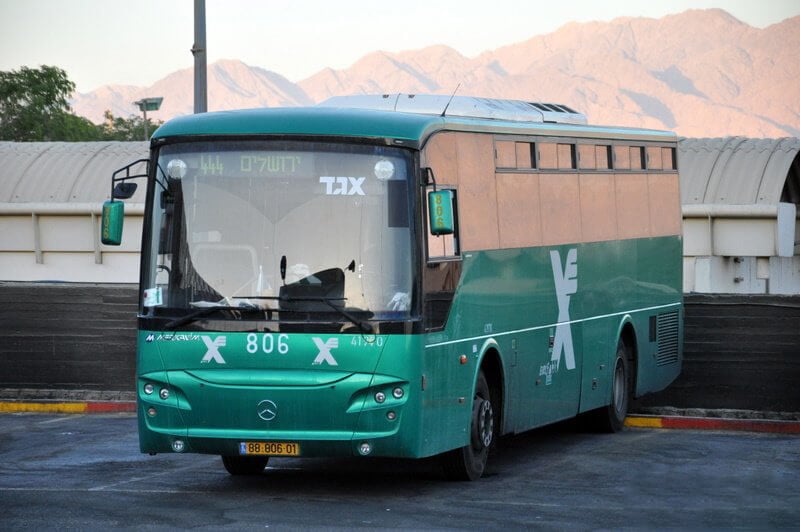
For those who plan to use public transport, the following buses are suitable::
- No. 421-from the Arlozorov terminal in Tel Aviv to the Ein Bokek resort. The journey takes almost 3 hours. Ticket price-88 ILS;
- #486, 444-from the main bus station in Jerusalem to Masada Center. The journey time is 1.2 hours. The ticket price is 37 ILS.
On a note! You can check the bus schedule on the website of the Egged transport company — www.egged.co.il/ru/.
The mountain itself can be reached either by a ski lift located at the Eastern entrance, or on foot – along the snake path that originates at the western tip of Masada and runs through the Siege Rampart. Walking up at a calm pace takes a little more than an hour, and the descent takes 40-45 minutes.
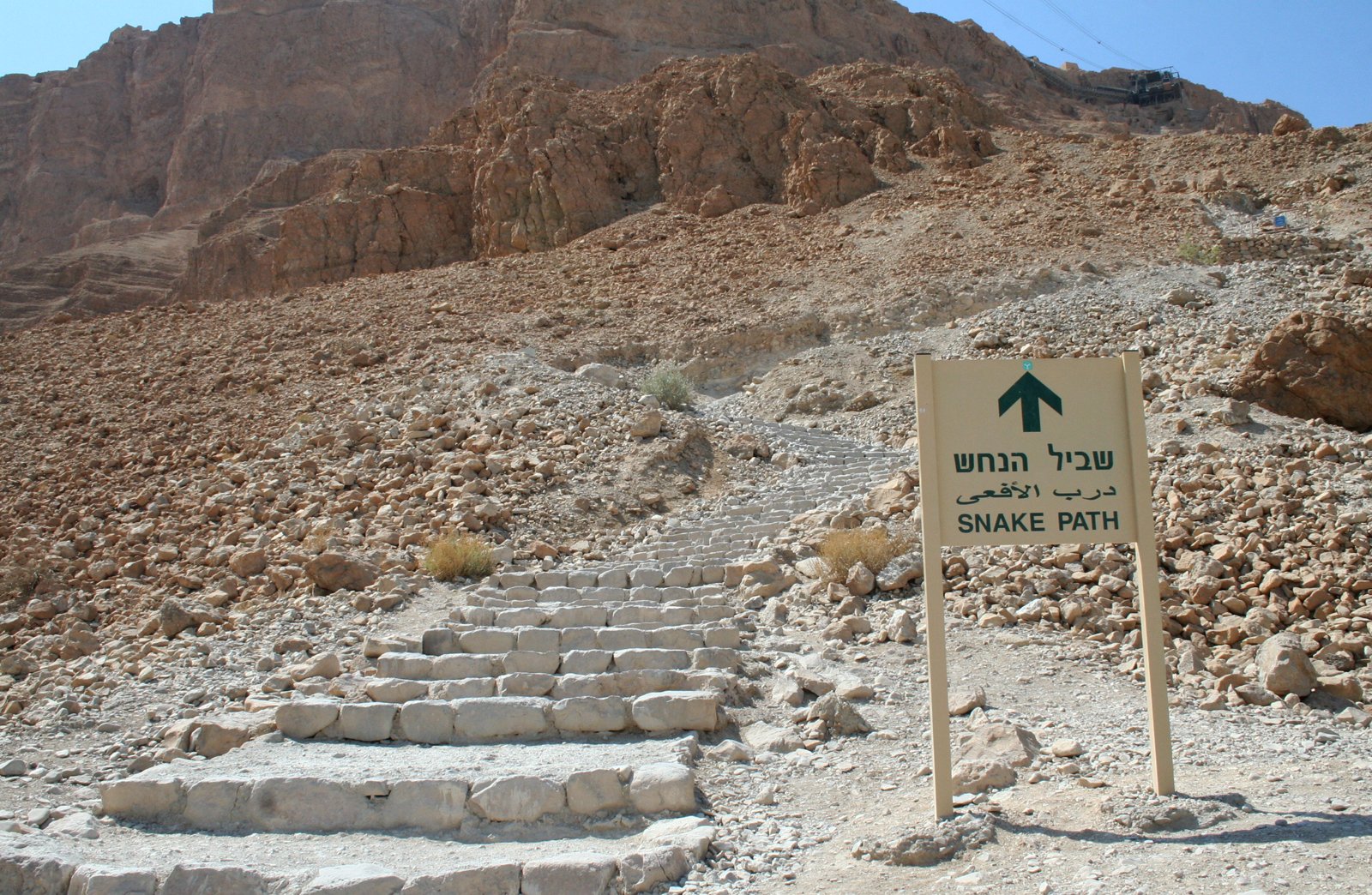
If you go to the mountain just to watch a light and sound performance, take advantage of the specially paved highway from Arad. You can’t get lost here – there are signs all along the road.
Useful tips
Before you go to Mount Masada, take note of these practical tips::

- A walk through the historical park promises to be not only rich, but also quite tiring, so in order to avoid inconvenience, take care of comfortable shoes, put on a headdress and take water with you;
- If it’s too hot outside, reschedule your visit to the fortress for another day – you can easily burn out or get sunstroke in the open area. By the way, even in October it is very hot in Israel – about +30°C;
- The ideal time for an excursion is in the early morning (immediately after opening) – during this period there are still very few tourists here;
- Don’t spare any money on the funicular-it offers a wonderful view of the surrounding area;
- At the entrance to the fortress, you can order a personal guide or buy a booklet in the language you need.;
- To get acquainted with this attraction, you need to travel at least 3-4 hours.
Masada Fortress is a truly amazing place, imbued with a historical atmosphere and immersing tourists in the events of the distant past.
Rehovot Tourism Guide: Unveiling the Best of Israel City

